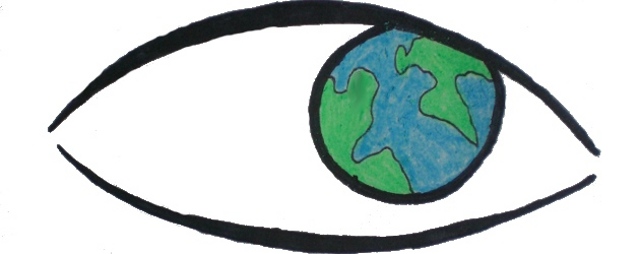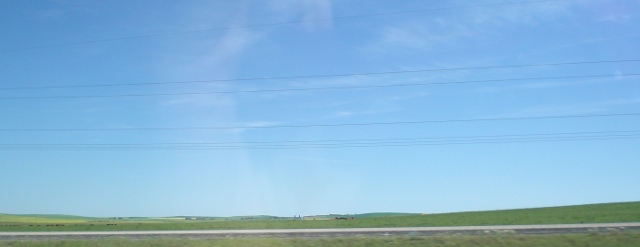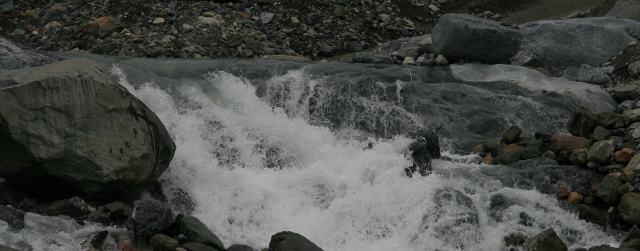Here we review major renewable energy topics from 2010 and then turn towards analyzing energy issues for 2011 and beyond.
Tag: Small Hydro
Types of hydroelectric power: How do the dam things work?
Hydroelectricity, or ‘hydro’, is generated from the energy in the water cycle of the earth. The sun evaporates water on the surface of the earth, causing it to rise up to form clouds. Clouds eventually form droplets, which then rain, snow, or hail down to the surface. Water on the surface flows downhill until it evaporates again. During this time it may become trapped in glaciers, lakes, ponds, puddles, or the ocean. Driven by the sun, the water cycle is a truly renewable resource.

Progress and potential of renewable energy
The intent of this publication is an ongoing investigation of the progress and potential of renewable energy in our world. Our goal is to collect the best writing and news on the subject of renewable energy projects and policies. We have observed that humanity is innovating rapidly as the energy security of the future becomes a global priority. Current trends indicate that the age of coal will end before we run out of coal.

Renewable Energy Review Blog Carnival
Vision of Earth is the host of the newly created renewable energy review. This is a blog carnival attempting to look at the development of renewable energy in the world today. Submitted articles will be judged on their quality, accuracy, and relevance. Once enough high-quality submissions are accumulated for a publication, our editors will write a brief review piece, linking to these novel contributions. We intend to comment meaningfully on the developments in renewable energy in our world.

Publicly Administered Green Energy Futures
Our goal is to keep our physical power infrastructure publicly owned, but gain some of the advantages of the private sector. The key to our recommendation is voluntary public investment from the people of Saskatchewan. In order to stimulate new renewable energy construction, we recommend that SaskPower open up renewable energy projects for direct public investment.

Publicly Owned Renewable Energy
We want the ability to directly support the development of renewable electricity generation. We don’t just mean buying GreenPower from sources that already exist. We want to be able to choose to put our money out there so that these things can actually happen. We want to support projects that haven’t yet been built, or even started.
Feed-In Tariff: Government Encouraging The Market
The feed-in tariff is a well known policy mechanism in the area of electricity generation. It has been applied in many countries with the intent of encouraging the development of renewable power generation. Such a policy typically involves guaranteeing to desired types of generation both subsidized long term prices for electricity and guaranteed grid access. This policy has been well utilized notably in Germany and Spain, where residents have seen very stable electricity prices coupled with tremendous growth of the renewable energy sector of their economies.

Feed-In Tariff Proposal for Saskatchewan
A Feed-in-Tariff is a policy mechanism designed to provide an incentive for development of a desired type. Typical implementations of feed-in-tariffs for power generation usually involve guaranteed long term prices for electricity generated and guaranteed grid access. This means that if a person or company builds this type of desired generation, they are guaranteed to be able to sell their power, and guaranteed a minimum price for their power.

Hydroelectricity
Hydroelectric power generation is the act of using moving water to generate power. Historically this was done using paddle wheels in streams to turn grinding stones for making grain flour. Today, most hydroelectric dams are of a larger scale. A hydro dam location is chosen because it has a large amount of flowing water that can exit the dam at a much lower height than it was taken at. As in a waterfall, the waters falling through the dam generators speed up and drive turbines, generating power.
